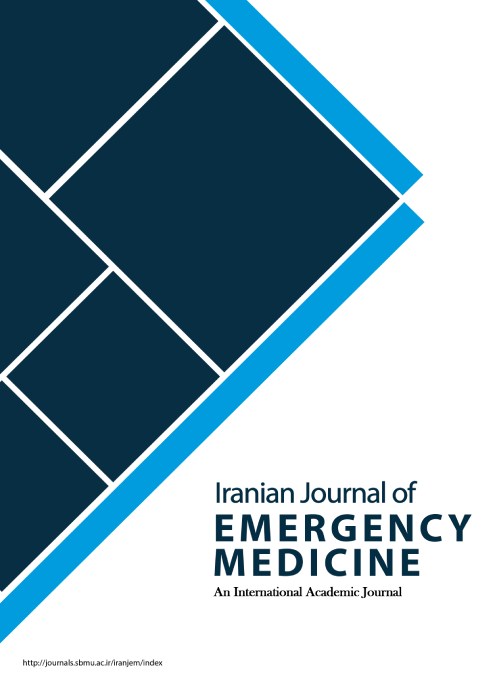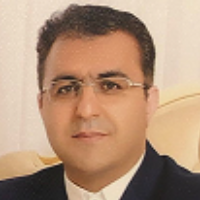Optimizing Service Provision Process in the Emergency Department Using Value Flow Mapping and Simulation; a Qualitative Study
In addition to having high costs, making changes to any of the wards in medical centers requires legal coordination and accepting many risks to prevent a decline in quantity and quality of health care provision. The present study was performed with the aim of evaluating optimization of service provision in the emergency department (ED) using value flow mapping and simulation.
In the present qualitative study, initially, the processes in the ED of Shohadaye Tajrish hospital were drawn and a graphic model was built for simulating the processes. To perform simulation, in addition to the sequence of activities, the time required for each activity, waiting time, present resources, and etc. were extracted as the inputs of the simulation model. Then, after determining the mean time frames obtained, intended scenarios of the emergency team were executed on the simulated model so that the best scenario can be determined by comparing the outputs of each scenario.
Based on the patient flow map, the patient’s journey in the ED begins from the first visit and continues until discharge. Stages such as asking for consultations or visits by other services, laboratory test requests, imaging requests, and asking for medications are passed during this time. Results of analyzing the flow of 60 patients showed that in this department, the mean time interval between first visit to first laboratory test was 58.5 minutes, mean interval between requesting the first laboratory test and its implementation was 28.4 minutes, mean interval between the first visit and computed tomography (CT) scan request was 45.8 minutes, mean interval between CT scan request and its performance was 16.3 minutes, mean interval between the first visit to asking for medication was 46.2 minutes, and, finally, mean interval between the first visit to discharge was 275 minutes (4 hours 35 minutes). The overall ED flow might be optimized through: having one senior nurse and physician for all patients in a supervision unit; having an information systems that makes observation of capacity and flow in the ED and all the hospital possible; having patient sites that are observable from central positions, while preserving privacy; easy access to acute care unit, radiology, and other acute care spaces; easy access to clinical history of patients from other hospitals and primary care.
It seems that solutions for improving health care provision for patients and increasing patient safety can be reached through drawing patient flow map in the ED and using smart modeling.
- حق عضویت دریافتی صرف حمایت از نشریات عضو و نگهداری، تکمیل و توسعه مگیران میشود.
- پرداخت حق اشتراک و دانلود مقالات اجازه بازنشر آن در سایر رسانههای چاپی و دیجیتال را به کاربر نمیدهد.



